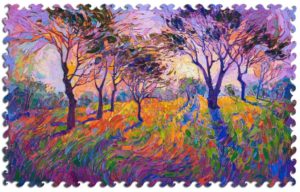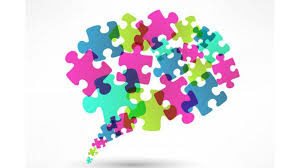 Invested in form and arts, I create.
Invested in form and arts, I create.
Writing is a puzzle game
As a visual learner, I believe that everything has a pattern and that there is a system for things that happen in this world. This applies to writing as well. When I write, I look at it like problem-solving and each piece of evidence as a puzzle piece. The goal is to compile every puzzle piece together to get a complete board. Before that, know your puzzle and what it is that you are aiming to create. What type of puzzle you are making is important. Depending on what type of puzzle you are making and for who it is, your way of approaching the puzzle or essay may vary. For example, if the puzzle was for a child, your puzzle pieces would form a picture for younger audiences to enjoy. To do this you need to choose a puzzle board that is kid-friendly and colorful or graphic to appeal to younger age groups. If the board is for children, then so are the pieces that will be put together to make this vibrant puzzle board for the children. While the puzzle board as a whole represents your thesis or the claim of your essay, the puzzle pieces represent a lot in terms of writing components. These puzzle pieces are the evidence that will support your claim, and to target those specific audiences, the children, then that means the genre, medium, and the tone you use will be different too. The way you arrange or go about the board is important, do you start from the center, corners, sides, or anywhere randomly? Depending on how you start or look at your puzzle, the way you arrange your pieces and evidence will be different and yield different results for the time needed to complete it. Of course, you will also make mistakes, that is natural, so you take back the wrong piece and wait till the right spot is located for that puzzle piece. The same thing applies to your writing, when you start to look for evidence and sources you may start with either really general terms to being your research or specific examples and terms for websites or articles. After finding them, you look for specific evidence that may support your essay’s theme and thesis. When you find your evidence and quotes, you put it in specific paragraphs and orders to back up your claim, but it is not always in the correct or best spot that it could be. That is when you rearrange your evidence or even decide to replace it with better evidence that you find later on in the research phase. So just like the puzzle board, depending on your context and what you are aiming to explain, another piece of evidence or source may be more relevant than the one you have initially chosen. This process is also the revising and editing part, where the big picture is not exactly how it should be so you rearrange the puzzle pieces till it is completed and looks perfect. Once you get the big picture down, you are ready to gift it to others and present it to the public to view where they will add comments or critique it on why you have chosen to do that type of puzzle board instead of another. This can be seen as either the peer review session where you have your writing revised and looked over by another classmate, or the publishing session, where people will leave comments for your future work. By following my theory of writing, I am able to think more critically on my structure and thesis when I write.



